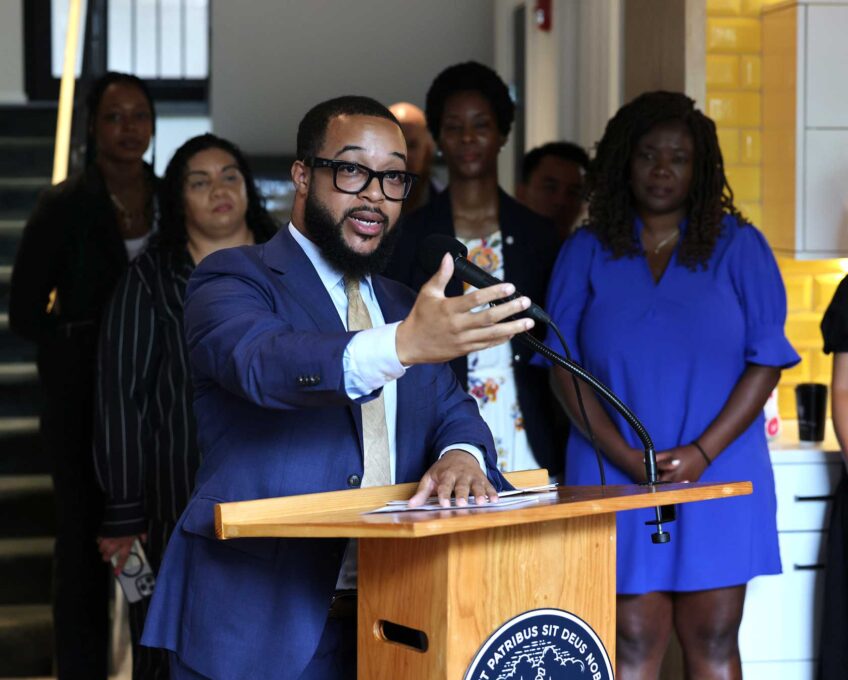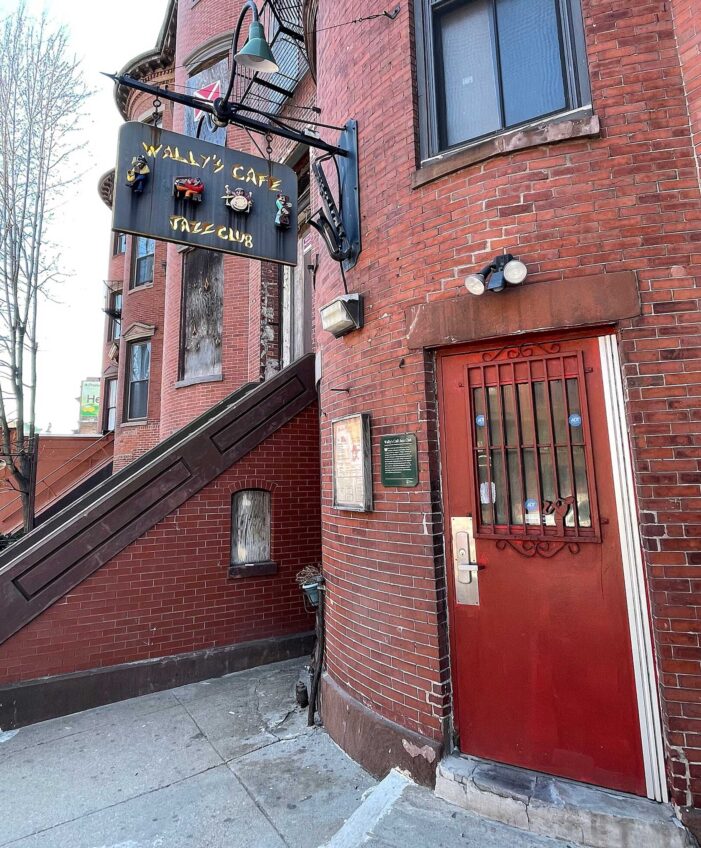
Banner Business Sponsored by The Boston Foundation
As a part of “an effort to diversify their library collections,” the Harvard Library acquired a 1949 international Green Book in March 2024.
The Green Book was used during the Jim Crow era of segregation by Black people who had a hard time finding hotels, restaurants and other necessary services when they traveled. According to the Harvard Gazette, this edition includes businesses in both Canada and Mexico.
The Harlem postman Victor Green started the Negro Motorist Green Book in 1936. It was published for over three decades and helped African Americans travel the country safely and with dignity during a time of segregation.
The Green Book contained addresses of businesses that welcomed Black travelers and became an important guide during its nearly 30 years of publication, The Gazette reported.
Originally called the “The Negro Motorist Green Book,” it was primarily known within Black communities and faded out after passage of the Civil Rights Act of 1964, which made discrimination illegal in public places.
The Green Book was acquired by Leslie Morris, Gore Vidal Curator of Modern Books and Manuscripts at Houghton Library, Harvard’s rare books and manuscripts, literary and performing arts archives.
She bid on the 1949 Green Book after being alerted of an upcoming auction by another Harvard professor and director of the Hutchins Center for African & African American Research, Henry Louis “Skip” Gates Jr.
The Gazette reported that the library bought the 80-page guide from a Manhattan-based auctioneer for $50,000, which included a buyer’s premium.
Morris told The Gazette that it was worth the purchase for the Houghton Library. “The Green Book was one of those things that I didn’t think was likely to come up anytime in the near future,” she told The Gazette.
“We work closely with faculty, and Skip Gates has been a wonderful partner. He is not only knowledgeable, but everybody knows him. For both teaching purposes and exhibition purposes, I did feel it was important that we have an example of The Green Book because it really is a key document in Black history,” said Morris.
She also told The Gazette that when Houghton Library was inaugurated in 1942, a travel guide for Black Americans was not considered a collectible item.
“While Harvard may be the largest university in the world, it collected certain things to support teaching and research, but this was not something that anyone thought was important,” said Morris.
“But in the context of the 20th and 21st century, when we’re trying to document more deeply the Black experience, this is really an important document for our library. One of our priorities has been to diversify the collection and try to remediate some oversights that our predecessors made,” she added.
The Gazette reported that the 1949 edition includes a chapter dedicated to Massachusetts, listing nearly 50 businesses open to Black travelers in Boston, including three hotels, nine restaurants, 21 beauty parlors, two barber shops, six tailors, and one night club — Savoy at 410 Massachusetts Ave.
It also said that many of the businesses were located on Columbus Avenue and Tremont Street. Among them were restaurants such as Loonie Lee’s, Sunnyside and Green Candle, as well as “tourist homes” and informal hotels with the names of “Mrs. Williams,” “Julia Walters,” and “M. Johnson.”
While the New York Public Library has the most complete collection of “The Green Book” in the country, original editions are very hard to find, Morris said.
Former Harvard Hutchins Center Fellow and author of “Overground Railroad: The Green Book and the Roots of Black Travel in America,” Candacy Taylor told The Gazette that The Green Book was a lifesaving guide for Black Americans.”
She also told The Gazette that The Green Book “is an important document of the Jim Crow era: a Black Yellow Pages for people to get their hair done, where to buy medicine, spend the night or eat out. It also speaks to the entrepreneurship, resilience, and courage of Black business owners and that of Black travelers, who with their travels helped shape the culture of this country.”
The Gazette also reported that in his blurb of Taylor’s book, Gates said that the guide is a “symbol of Jim Crow America” and a “stunning rebuke of it, born out of ingenuity and the relentless quest for freedom,” which she worked on while a Hutchins Center fellow in 2017.
While the book served a clear and necessary purpose in its time, the editors were looking forward to the day when it would no longer be needed.
“There will be a day sometime when this guide will not have to be published,” they wrote. “That is when we as a race will have equal opportunities and privileges in the United States. It will be a great day for us to suspend this publication for then we can go wherever we please, and without embarrassment. But until that time comes, we shall continue to publish this information for your convenience each year.”







